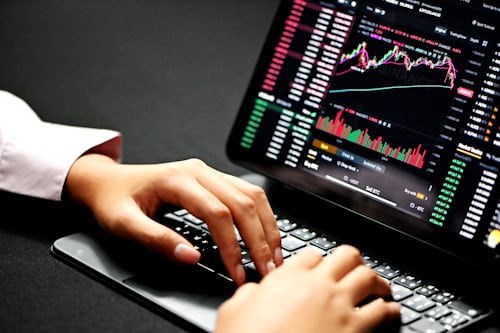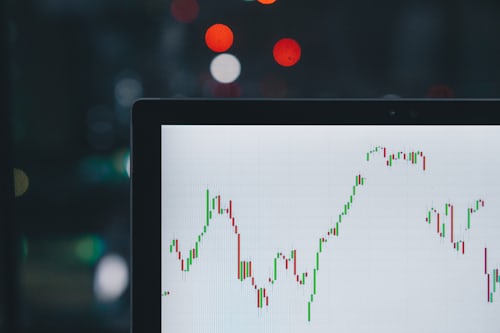The term CFD stands for "contract for difference" and describes derivative trading instruments that involve the difference between the buying and selling price of an instrument. Those who trade CFDs bet their own capital on a certain price development of an underlying asset. In addition, CFD trading can realize disproportionately high profits.
Contracts for difference can be traded on a variety of underlyings and thus allow every investor quick and easy access to global markets. The following guide provides you with basic tips, information about the world of CFD trading. In addition, we show you how to trade successfully with CFDs.
Underlyings in CFD trading
Underlyings can be, for example, stocks, currencies, indices, bonds or even commodities. As the chart below shows, stock indices are currently by far the most popular underlyings.
When trading with CFDs, it is possible to bet on both rising (long) and falling (short) prices and thus take advantage of any market development. With CFD trading in metatrader 4, one can profit from a positive price development many times with a small capital investment and achieve disproportionately large profits due to the leverage effect. Depending on the volatility of the underlying instrument, many trading opportunities can arise.
CFD positions do not have to be held for days and can be opened and closed several times within a day. If you trade CFDs, you do not have to spend the total value of an underlying instrument but deposit a security deposit, a margin, which is only a fraction of the underlying value. Despite the low capital investment, you can fully profit from the price developments of the overall position.
CFDs - the world's most popular financial product
Originally, CFDs were mainly used in interbank trading, namely to hedge one's long-term positions in case of price declines. Over time, more and more brokers discovered the potential of CFDs and included them in their own product range. In the meantime, contracts for difference have found their way to a broad mass of investors and are among the most popular financial products worldwide.
But what exactly are the advantages of CFDs? For whom is trading with contracts for difference suitable and is it also worthwhile for you to get into trading with CFDs? In our big CFD trading guide you will get detailed answers to these and other questions. In addition, we provide you with tips that you can use to get started in CFD trading.
The most important facts about CFD trading at a glance:
- Trading with CFDs is about the difference between the buying and selling price of an underlying instrument
- CFDs can be traded on a variety of different underlyings
- CFDs can be traded on rising and also on falling prices
- CFD trading is also possible with relatively low capital investment
- For the trade the deposit of a security is necessary
- Due to the leverage effect, disproportionately high profits but also high losses are possible.
- With stops possible losses can be limited
How it works
Stefan Demirian
Serial entrepreneur
Miguel Arias
CTO. Innovator and entrepreneur, inventor of iBac patent family & multiply acclaimed entrepreneur.
Sebastian Karlsson
COO. Previously held a leadership position in Business Development at PwC and Canon.
Omid Ekhlasi
CCO. Responsible for communications at Serendipity Group.
Kamjar Hajabdolahi
Sendior advisor, Serial Entrepreneur, Partner and head of M&A at Serendipity Group.
Stefan Borg
President of the Swedish National Association against alcohol and narcotic addiction. Former director of operations at the Stockholm center of addicts.


